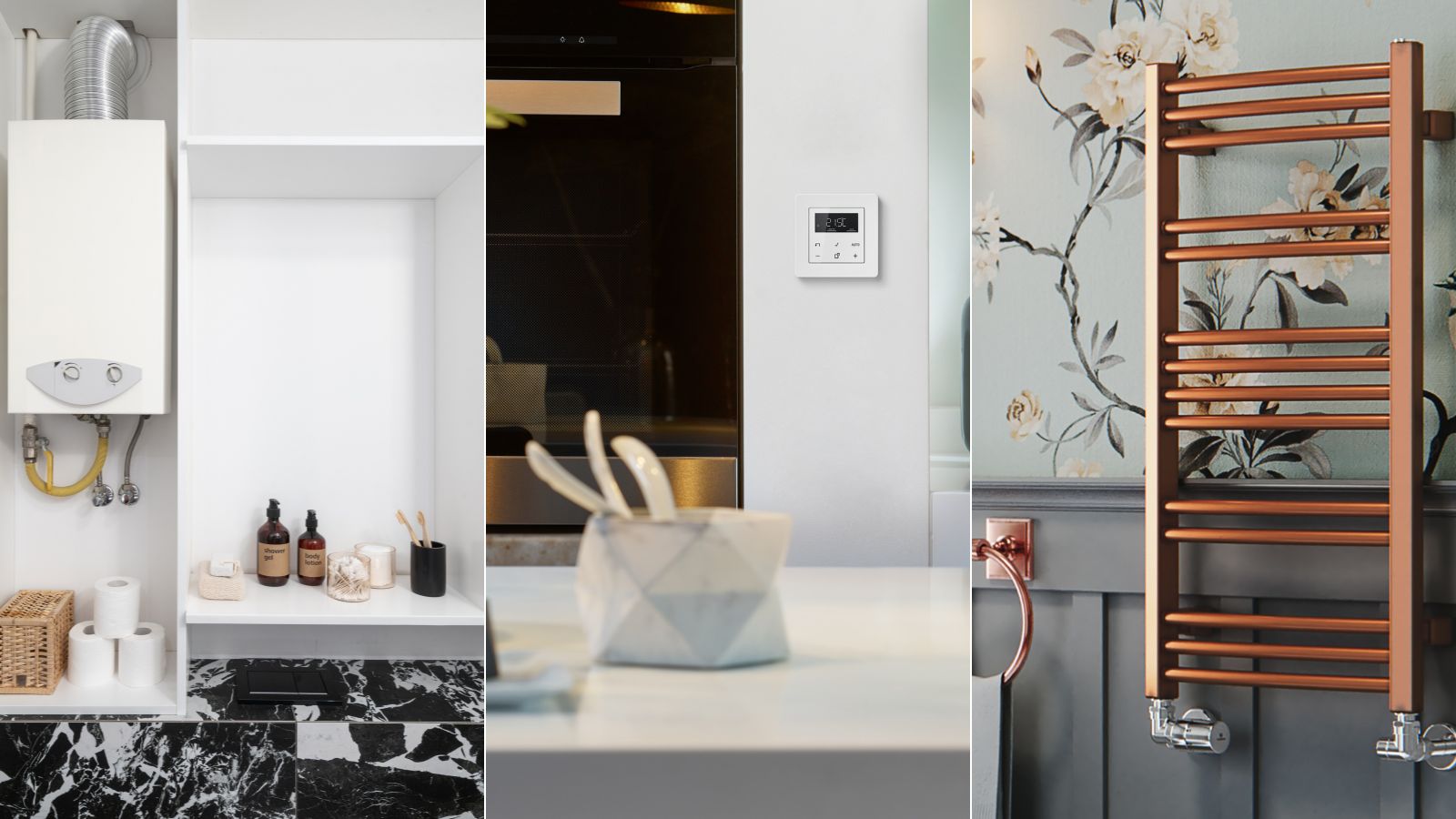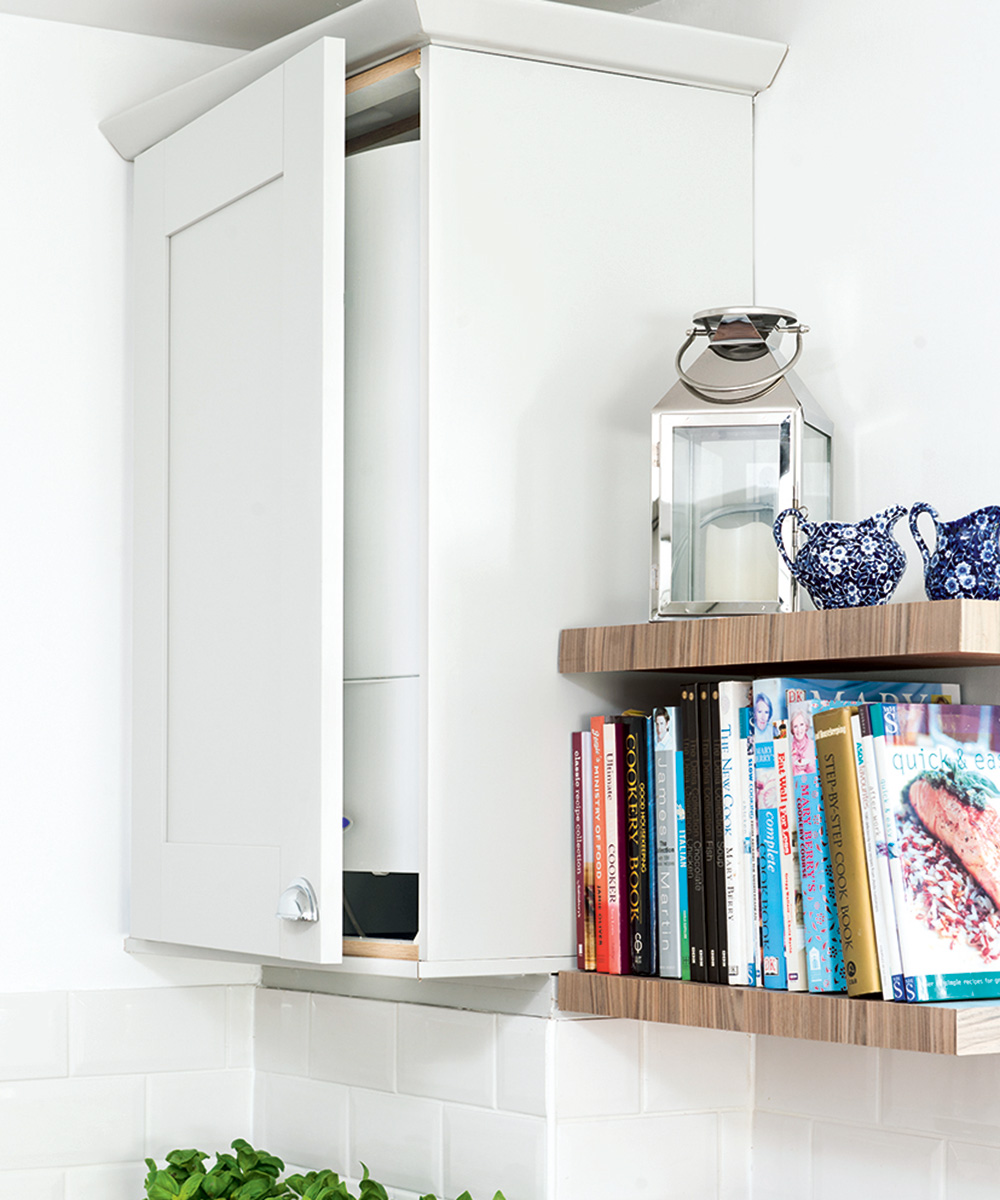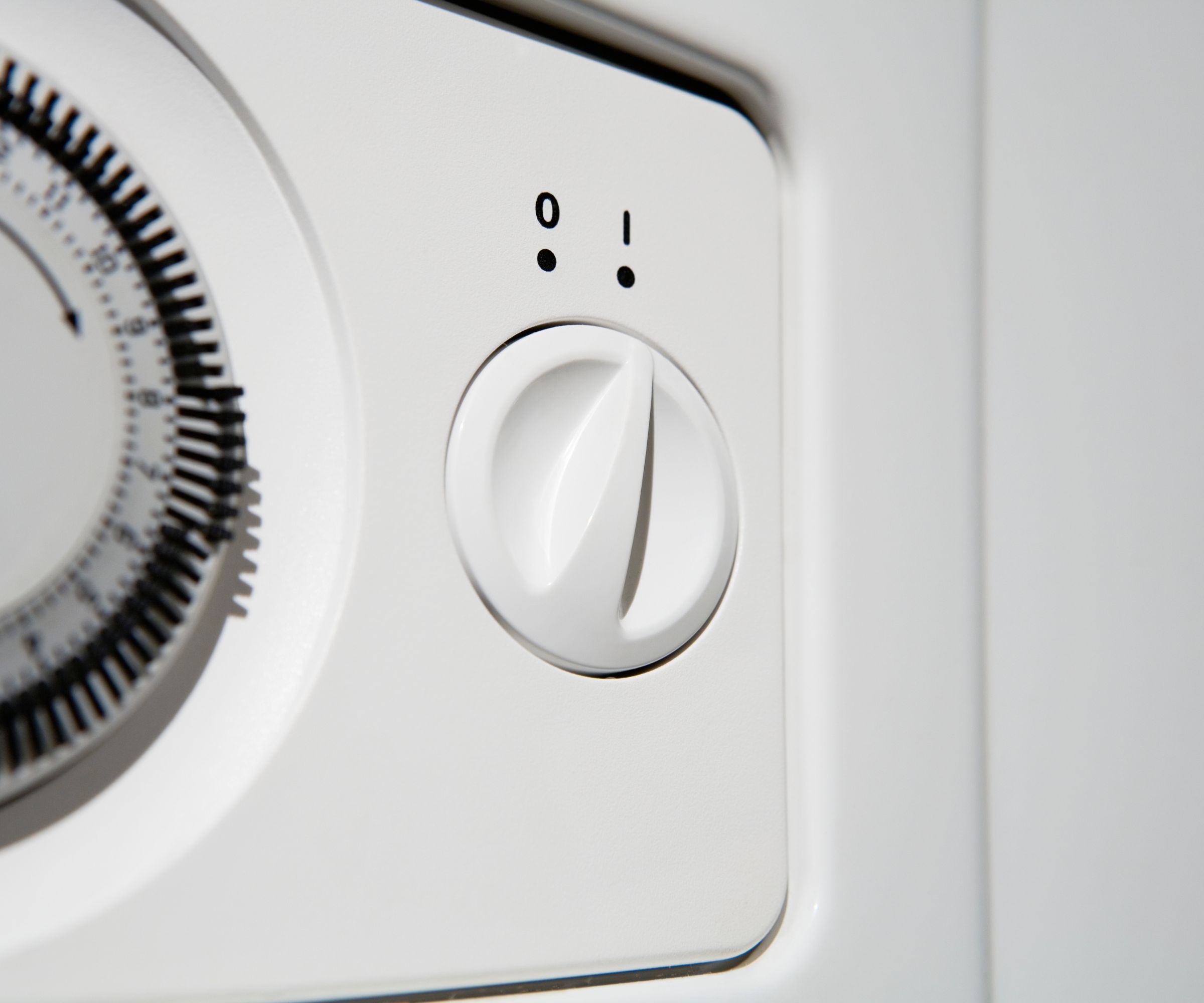How much does it cost to replace a furnace? Plus, the signs you need a new one
Make more informed decisions about your furnace with these expert’s wisdom


It is easy for us to ignore our furnaces most of the time, popping on the heating and occasionally having it serviced. That means when it fails, it can come as a shock – especially to our wallets.
Understanding how long a furnace lasts and how to make it last longer, how much it may cost you when it starts to fail, and the process of replacing your furnace can help soften the impact of replacing this vital home appliance.
Here, HVAC experts explain how much replacement typically costs and how to make your furnace last a little longer with smart maintenance tips.
How much does it cost to replace a furnace?
The cost of replacing a furnace varies greatly, and depends on the type of furnace you are having removed and fitted, your home, and any ductwork that may need to be replaced or fitted for your new home heating, begins Mark Woodruff, senior project manager at Trane Residential.
‘In general, you can expect to pay between $4,000 and $7,000, including installation, old furnace removal, and labor,’ Mark explains. ‘This range is so wide because there are several factors that can influence what your HVAC equipment costs, such as unit size, efficiency rating, installation, and labor, plus location and climate.’

The replacement process: What to expect
'The most intensive part of replacing a furnace is the physical labor required to take the old furnace out and put the new one in. It involves a multi-step process that prioritizes safety for both you and the worker and should never be rushed or attempted without a professional serviceman,' says Jose Aleman, HVAC expert at Bacon Plumbing & Heating Specialists:
- A professional HVAC technician will assess your current system to determine the right size and type of new furnace needed to make your heating more efficient. This involves considering the square footage of your house, your heating needs, the local climate, and the home's insulation.
- You'll choose a new furnace based on the technician's recommendations. Factors include the furnace's efficiency rating (AFUE), brand, technology (single-stage, two-stage, or modulating), and any additional features such as smart thermostat compatibility. Picking an efficient furnace may cost you more upfront, but it will help you lower heating costs over time.
- The old system must be safely disconnected and removed. This may involve shutting off the gas line and electrical connections and removing ductwork that is connected to the old furnace.
- The area where the new furnace will be installed may need to be prepared. This can include cleaning the space, making any necessary repairs or modifications to the flooring or foundation, and ensuring proper venting and drainage.
- After installation, the system is tested to ensure it is operating correctly. This includes checking for leaks, testing the control panel for any common thermostat problems, and ensuring the furnace ignites, operates, and turns off as it should.
- In many locations, a final inspection by a local government official or inspector may be required to ensure the installation meets local building codes and safety standards. The technician will run the furnace through a series of checks and adjustments to ensure optimal operation. This process, known as 'commissioning', may involve fine-tuning the airflow, checking for proper venting, and ensuring energy efficiency.
- Post-installation, the area is cleaned, and any debris from the installation process is removed. The homeowner is given instructions on how to operate the new furnace, the location of all shut-off valves, and information on maintenance and filter replacement. The installation should come with a warranty, and the technician may help you process any available rebates for energy-efficient systems.
- Often, HVAC companies will offer a maintenance agreement or service contract to help maintain the new furnace, which can help prolong its lifespan.
How to decide between a repair and replace

'When a furnace begins to act up, it is important to work out whether it needs simple repairs or a full replacement. Making the right decision can help you to avoid some costly heating mistakes,' continues Mark Woodruff, senior project manager.
‘A rule of thumb we typically stand by is to follow “the $5k rule”,’ he begins. ‘Multiply the age of your furnace by the estimated repair cost quoted by your pro. If the number is more than $5,000, then you should consider replacing your unit. If it’s less, a repair may be the answer.
‘When your existing furnace is nearing the end of its lifecycle, it requires frequent repairs or simply doesn’t heat like it used to. While furnace repairs are an essential part of homeownership, creating a “frankenfurnace” only causes your old system to work less efficiently. In this case, replacing your furnace is an all-around better choice.’
It is good to remember that even when a new furnace is more costly than repairs, it will save you a lot of money over time in both heating and repair costs, especially if you are replacing an older model with eco-heating or a more energy-efficient model.
Essential Furnace Maintenance

Luckily, there are some simple things you can do yourself to help prolong the life of your furnace and keep it running more efficiently for as long as possible.
Glenn Wiseman, RASDT from Top Hat Home Comfort Services, recommends a combination of regular maintenance and services that will help to keep yours running for much longer and at a lower cost, starting with changing the filters regularly to help remove dust and other debris that clog the system and reduce its efficiency, forcing it to work harder for the same results. You can usually do this yourself after consulting with the user manual.
You should also ensure your vents are open and clear of obstructions, he adds. ‘It's important for air to be able to flow freely through the house so that everyone stays comfortable through the winter. In addition, if there are any obstructions in vents (like spiderwebs), they can decrease energy efficiency and be a fire risk as well.’
Servicing should then be carried out by a professional yearly, Glenn continues. They will be able to do the tasks that are too risky for you to do yourself, such as cleaning the coils and making small tweaks to the furnace and its settings. It will also help to spot any wear and tear before it causes irreparable damage, he says. ‘This can improve efficiency for the season by 10-15%, helping you to save money at home.’
FAQs
Is a 20-year-old furnace still good?
A 20+-year-old furnace may still function, but it will do so less efficiently than a newer model, meaning you are spending more on your energy bills and repair costs than you need to. What’s more, a furnace this old is more susceptible to cracks and leaks, meaning that without frequent checks, it can prove to be dangerous in your home. It may be worth considering a replacement at this stage.
Can I replace my furnace myself?
Unless you are a trained and licensed HVAC technician, you should not attempt to replace a furnace yourself. This is risky work, with the risk of gas leaks high if you make even the smallest of mistakes or fail to connect something up correctly. What’s more, you need the furnace to pass a safety check that you will not be able to perform yourself if you want to maintain your home insurance. As a result, you should always have a professional do this work for you.
In short, a new furnace is going to hit your budget, but it is worth it in the years to come – especially if your house is currently cold, even with heating. When getting a furnace replacement, try to schedule it around the end of spring to summer when you will not be relying on it to keep warm and healthy, and you can prepare your house for cold weather.
Sign up to the Homes & Gardens newsletter
Design expertise in your inbox – from inspiring decorating ideas and beautiful celebrity homes to practical gardening advice and shopping round-ups.

Chiana has been at Homes & Gardens for two years and is our resident 'queen' of non-toxic living. She spends most of her time producing content for the Solved section of the website, helping readers get the most out of their homes through clever decluttering, cleaning, and tidying tips. She was named one of Fixr's top home improvement journalists in 2024.
-
 Nate Berkus says slipcovered sofas are back on trend – and I just found a way to create this designer-approved laid-back look from just $86
Nate Berkus says slipcovered sofas are back on trend – and I just found a way to create this designer-approved laid-back look from just $86This classic style is making a strong comeback, but did you know you don't have to buy a whole new couch to get this Nate-approved look?
By Eleanor Richardson
-
 Gardeners are putting pasta in bird feeders this spring – but there is one important warning you need to know before following suit
Gardeners are putting pasta in bird feeders this spring – but there is one important warning you need to know before following suitCooked pasta can be a nutritious snack for birds, but serving it in the wrong way could cause them harm
By Tenielle Jordison